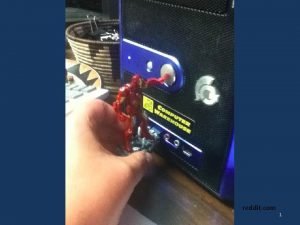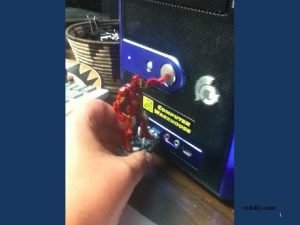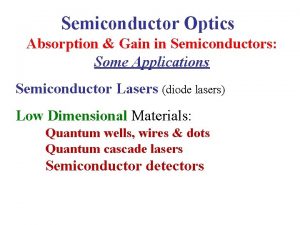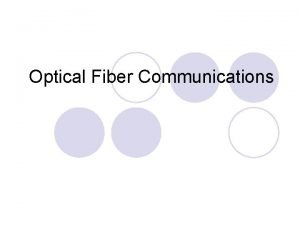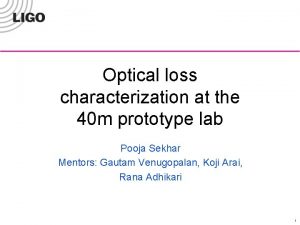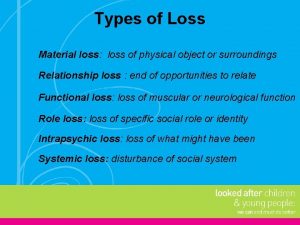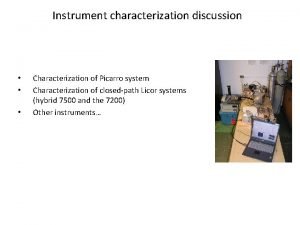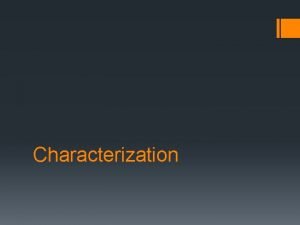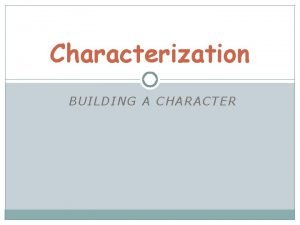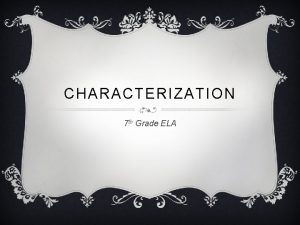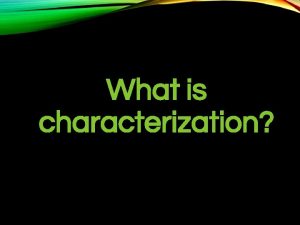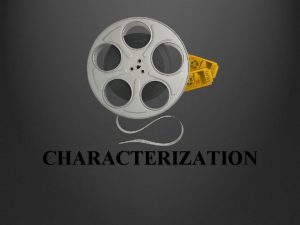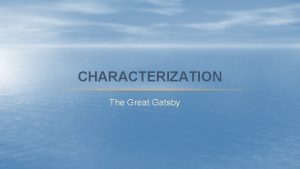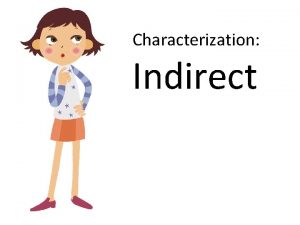Optical loss characterization at the 40 m prototype

















- Slides: 17

Optical loss characterization at the 40 m prototype lab Pooja Sekhar Mentors: Gautam Venugopalan, Koji Arai, Rana Adhikari LIGO-G 09 xxxxx-v 1 Form F 0900040 -v 1

Objectives l l Develop neural network to resolve test mass motion from the video Develop simulated video of beam spot motion Capture video of scattered light from test mass using Gig. E camera Other image processing techniques to resolve test mass motion from the video LIGO-G 09 xxxxx-v 1 2 Form F 0900040 -v 1

Why analyze video ? l l l To center the laser beam spot on the test mass To resolve test mass motion from the video of scattered light captured Additional tool for alignment control Gig. E video LIGO-G 09 xxxxx-v 1 ? Beam spot motion Test mass motion Beam spot centering & alignment NEURAL NETWORKS 3 Form F 0900040 -v 1

Why neural networks ? MULTIPLE INPUTS Unknown Nonlinear transformation MULTIPLE OUTPUTS Random movement of beam spot on the test mass due to seismic motion & other noise sources can be identified by neural network since it updates the weights of the inputs during training. LIGO-G 09 xxxxx-v 1 4 Form F 0900040 -v 1

Neural networks GENERAL TOPOLOGY LIGO-G 09 xxxxx-v 1 5 Form F 0900040 -v 1

Implementing NN - Supervised Learning TRAINING LIGO-G 09 xxxxx-v 1 6 Form F 0900040 -v 1

Testing NN LIGO-G 09 xxxxx-v 1 7 Form F 0900040 -v 1

Advantage of camera over sensor networks at 40 m l Neural network training on videos captured using cameras has larger usable range for alignment as compared to the sensor network using photodetector at transmitted end. LIGO-G 09 xxxxx-v 1 8 Form F 0900040 -v 1

Simulated video Beam spot moves vertically by applying a sinusoidal signal, s = 3 × sin(2π 0. 2 t) LIGO-G 09 xxxxx-v 1 9 Form F 0900040 -v 1

Model topology Keras 8 nodes Output 32 × 32 image frames 1 node Loss function : mean squared error Optimizer : Nadam Activation function of hidden layer : selu Activation function of output layer : linear LIGO-G 09 xxxxx-v 1 https: //keras. io/ 10 Form F 0900040 -v 1

Training NN with multiple sine waves LIGO-G 09 xxxxx-v 1 11 Form F 0900040 -v 1

Testing this trained NN l Testing with simulated video of beam spot motion by applying 4 sine waves with their amplitudes and frequencies varying with time by random uniform noise ranging from 0 to 0. 05 LIGO-G 09 xxxxx-v 1 12 Form F 0900040 -v 1

Future Work l l Tried Monte carlo simulation to find the set of hyperparameters that gives minimum loss value but needs to be further explored. Train neural network with simulated video of random beam spot motion in pitch & yaw that resembles practical case. Convolution neural networks (CNNs) can be used over these for feature extraction and weight sharing. This can even be combined with recurrent neural networks (RNNs) since it stores information about previous trial. This may be advantageous over DNNs for tracking the beam spot since it moves in only a confined space under seismic disturbance. Test the trained network with real video data from Gig. E camera and calibrate test mass motion with the beam spot motion. LIGO-G 09 xxxxx-v 1 13 Form F 0900040 -v 1

Acknowledgement l l I would like to thank my mentors Rana Adhikari, Gautam Venugopalan and Koji Arai for their guidance and support throughout the project. Special thanks to Steve, all members at the 40 m and my friends. Holger Wittel and Gabriele Vajente for their help LIGO and Caltech. LIGO-G 09 xxxxx-v 1 14 Form F 0900040 -v 1

THANK YOU! LIGO-G 09 xxxxx-v 1 15 Form F 0900040 -v 1

Hyperparameters Parameter Description Loss function Difference between actual & predicted output Mean squared error, log cosh, mean squared logarithmic error Optimizer Optimization algorithm that updates weights & biases. SGD, RMSprop, Adam, Nadam Activation function tanh, sigmoid, softmax, relu, selu, linear Batch size Number of training inputs in 1 pass Default = 32 Epochs Number of times entire dataset passes through NN No. of nodes in dense layer Equals the number of bias values LIGO-G 09 xxxxx-v 1 Dropout To reduce overfitting, randomly selected number of 16 nodes LIGO II Form F 0900040 -v 1 ignored during training

Activation Functions LIGO-G 09 xxxxx-v 1 17 Form F 0900040 -v 1
 Design prototype test reddit
Design prototype test reddit Cpsc 481 reddit
Cpsc 481 reddit Optical loss and gain in semiconductors
Optical loss and gain in semiconductors Types of optics
Types of optics The method of unit costing is adopted by
The method of unit costing is adopted by What is direct characterization?
What is direct characterization? Direct characterization definition
Direct characterization definition Một số thể thơ truyền thống
Một số thể thơ truyền thống Trời xanh đây là của chúng ta thể thơ
Trời xanh đây là của chúng ta thể thơ Số nguyên tố là
Số nguyên tố là đặc điểm cơ thể của người tối cổ
đặc điểm cơ thể của người tối cổ Tỉ lệ cơ thể trẻ em
Tỉ lệ cơ thể trẻ em Vẽ hình chiếu vuông góc của vật thể sau
Vẽ hình chiếu vuông góc của vật thể sau Các châu lục và đại dương trên thế giới
Các châu lục và đại dương trên thế giới Thế nào là hệ số cao nhất
Thế nào là hệ số cao nhất ưu thế lai là gì
ưu thế lai là gì Hệ hô hấp
Hệ hô hấp Môn thể thao bắt đầu bằng chữ f
Môn thể thao bắt đầu bằng chữ f
